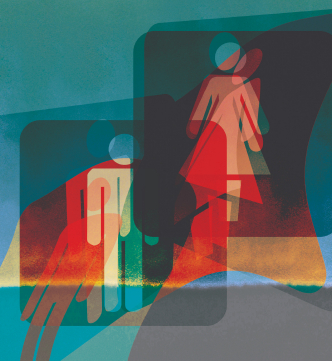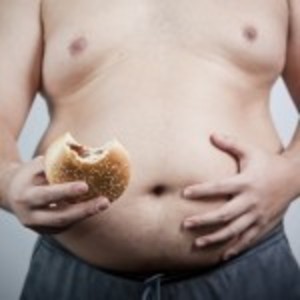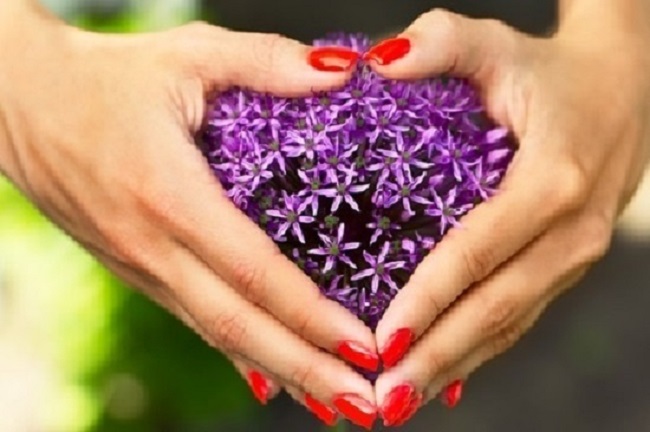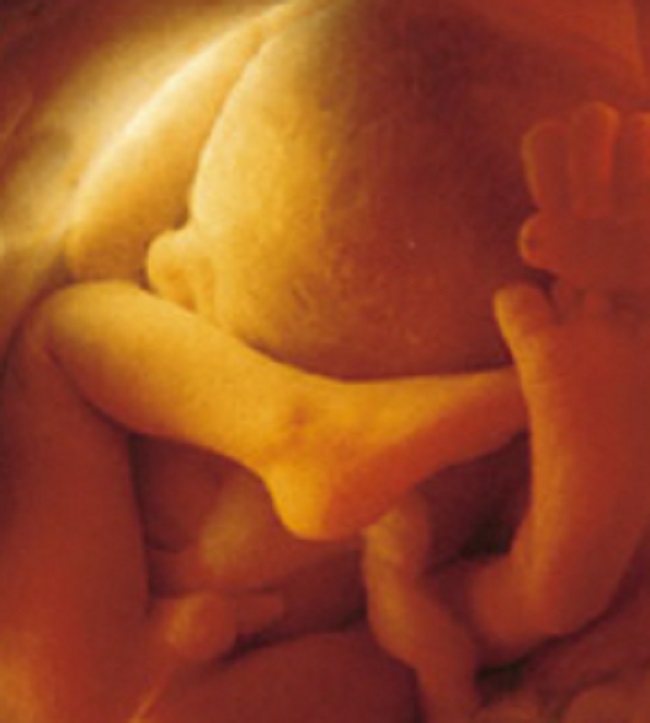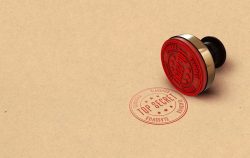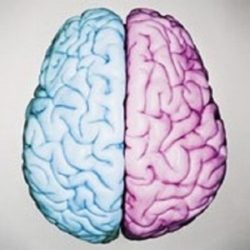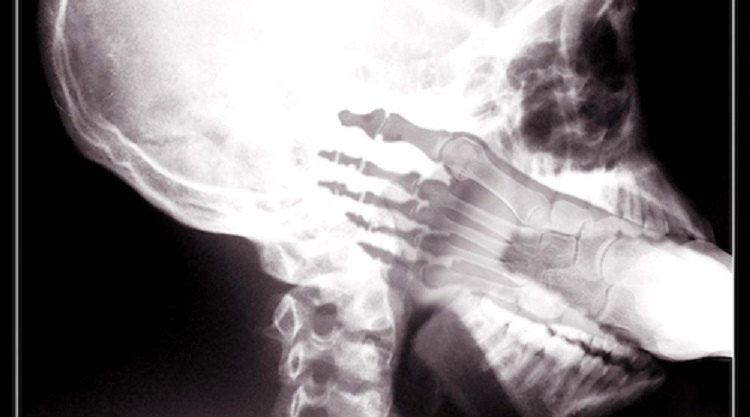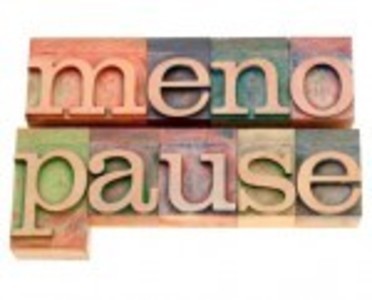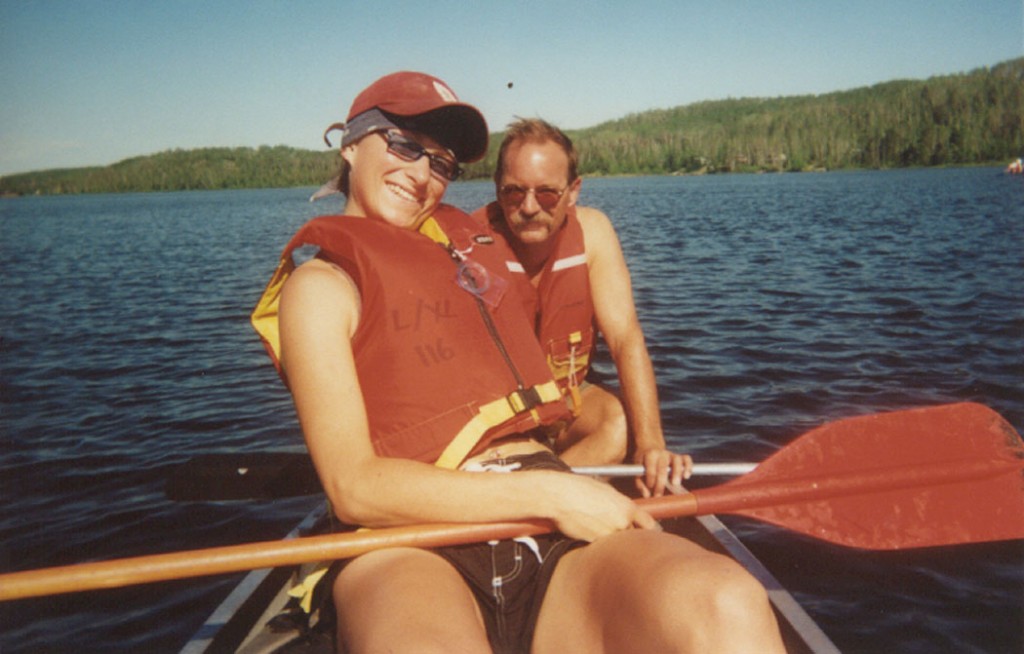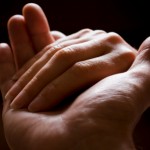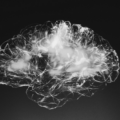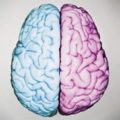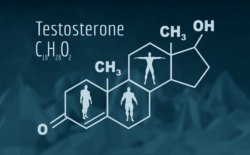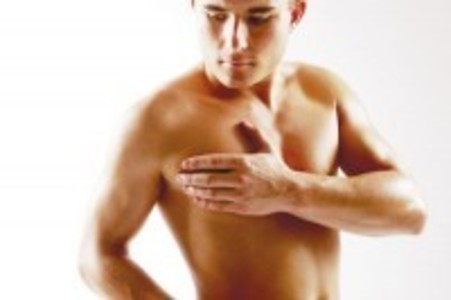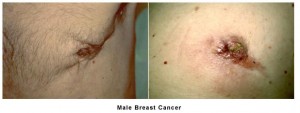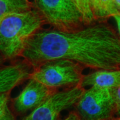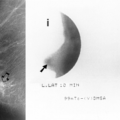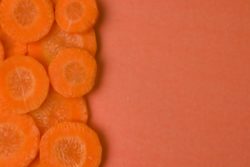It seems we are constantly searching for companionship, but, now, people are choosing to rely on their animal instincts, basing partner selection on pheromones, as opposed to the comprehensive algorithm used by dating sites. This new method of socializing is called a pheromone party.
What’s a Pheromone Party?
Pheromone parties are based on smell, and while not entirely science-based, research has shown that humans do respond to pheromones. In fact, we have a specialized region in the olfactory system, the vomeronasal organ (VNO), that is responsible for pheromone detection.
The VNO, which is located on your nasal septum, may play a factor in how individuals select potential partners. In one study, women responded more favorably to men when the women were exposed to male pheromones.
Pheromones are mainly produced in the pubic and armpit region, but since the idea of sniffing undies seems to cross the line, pheromone parties opt for sniffing T-shirts instead. Pheromone party-goers bring T shirts they’ve slept in, stick them in a bag that is passed around at the party, in hopes that someone will find their scent pleasing.
Shortcomings of Relying on Pheromones
There are potential flaws with this pheromone selection party, which is why it shouldn’t be taken too seriously.
You May Not Be Chosen Based on Your Pheromones
A T shirt sniffer may be drawn to the smell of the perfume worn by the owner of the T shirt, as opposed to actually being stimulated by their pheromones.
The person who never showered, on the other hand, may not be chosen at all, regardless of how tasty their pheromones really are.
Your Menstrual Cycle Impacts Your Pheromones
Studies show that during the first half of the menstrual cycle, the amount of pheromones produced increases, whereas pheromone production decreases in the second half of the menstrual cycle.
The best time to go to a pheromone party is when you’re producing pheromones. You can also sleep with the T shirt during peak pheromone production and freeze the shirt until the party starts.
Pheromones May Impact your Menstrual Cycle
The possibility that pheromones affected behavior was first considered because women’s periods would synchronize. Turns out that rats produce one pheromone that shortens the menstrual cycle, and another that lengthens the menstrual cycle, until the two females cycle together.
Planning on going to a pheromone party with your friend? Spend a significant amount of time together prior to the party to ensure synched pheromone production.
Oral Contraceptives May Also Change Pheromone Production
One study has shown that women who take contraceptives produced a lower overall content of pheromones. Way to be safe, ladies. Unfortunately, you can’t produce as much of the alluring chemical, so you may want to stick to online dating.
Pheromones For Fun
The thing is, it’s just a party. Judith Prays started this fad when she recalled how drawn she was to the scent of a former boyfriend. She doesn’t really imagine it’s a place to meet “the one,” but it may be a place to strike up a conversation and meet some new people, and laugh at the person who put their nose in your smelly shirt.


